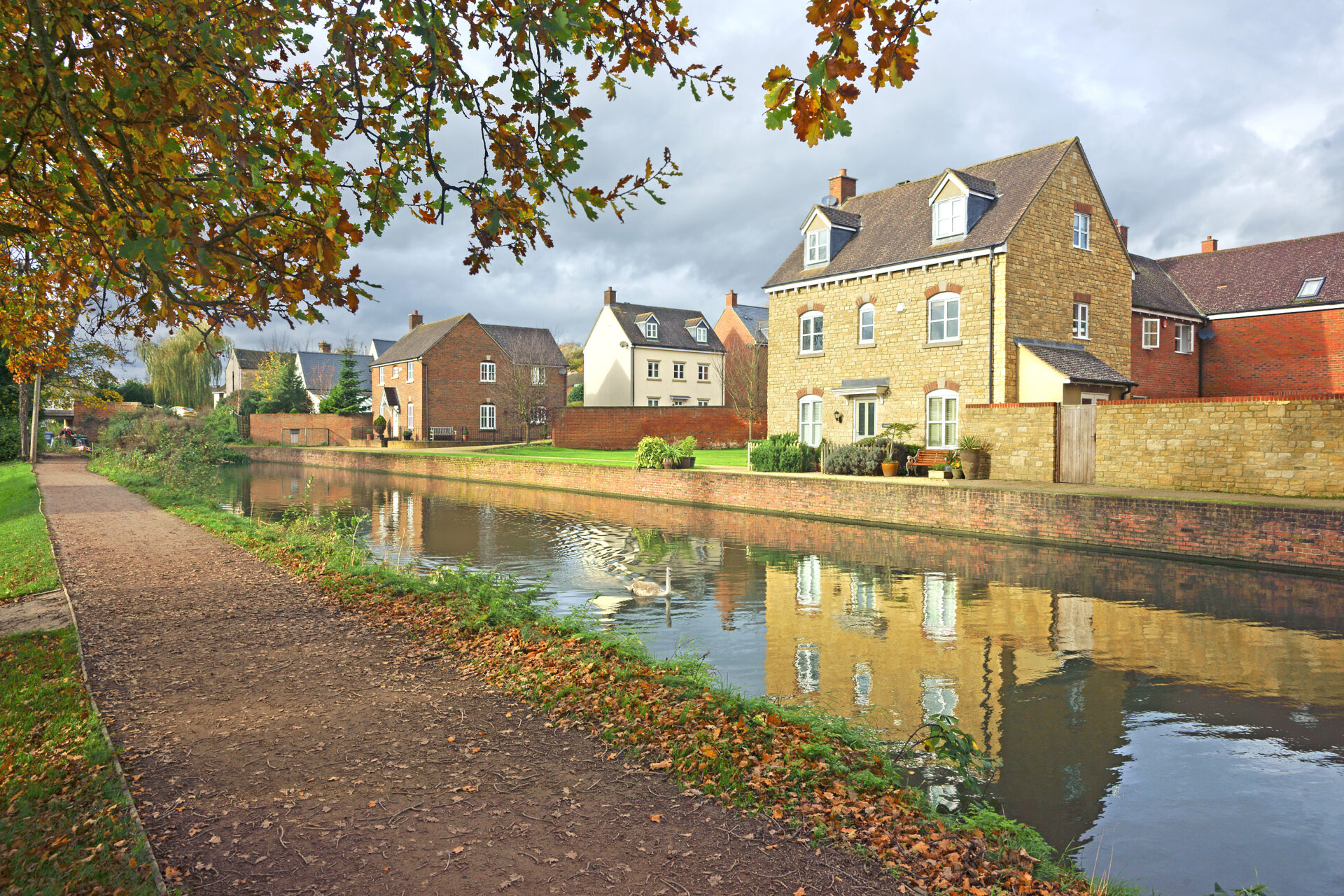How Waterways Can Help
Waterside locations are perfect for allowing people to appreciate and enjoy the areas they live in. The diverse communities living on and beside the waterways contribute to this sense of place.
The inland waterways have been home to people on boats for as long as there have been craft navigating them. While leisure boating provided a new purpose for the inland waterways following the demise of commercial carrying last century, recent years have seen residential boating take off.
The high cost of housing, particularly in certain parts of the country, has contributed to the increasing number of boats being bought and built specifically with residential use in mind.
Local authorities can embrace this trend by encouraging residential moorings (especially boater-led, affordable sites) and additional facilities for boaters as part of new waterside developments.
The regeneration of waterways and their towpaths can open up new sectors of local communities to the waterways, including groups not currently engaged with their canal or river, bringing greater inclusivity and diversity. However, more funding is required to enable this to happen.


